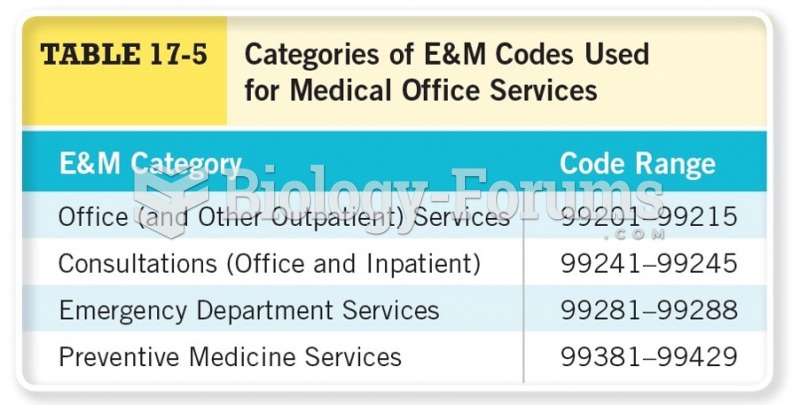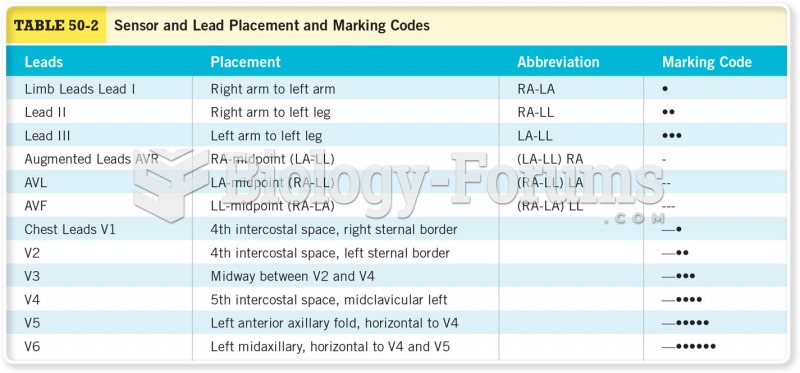Code the following physician encounters using ICD-9-CM, ICD-10-CM, and CPT. Sequence the codes in the correct order. Assign any needed modifiers.
PHYSICIAN OFFICE VISIT
PATIENT: ALICEOFFICE
RECORD NUMBER: 03-68-3
DATE: 03-15-XX
PHYSICIAN: Dr. KIM, M. D.
SUBJECTIVE: This is 43-year-old black female new patient presents to the physician office complaining of severe pain in her low back. The patient recently moved into the community. The patient notes she has had a long history of back problems somewhat over 2years. She notes that she was thoroughly evaluated by her previous physician to include MRl studies and numerous other x-rays. She was diagnosed as having two slipped disks in her lower back. She notes that they were not severe enough to require surgery. She was treated with muscle relaxants and was hospitalized briefly with traction. The patient notes she has been getting along fairly well until today. Today, she was in church and had a sudden sharp pain in her lower back, she notes it felt like someone hit her in the back on the right side, with pain radiating down her right leg. The patient describes pains down the lateral aspect of her right leg all the way to the foot. She notes that in the past when her back has started to hurt, she has just been able to lie down for several days, takes Flexeril and Motrin, and gradually it improves.
OBJECTIVE: Physical examination reveals a well-developed, well-nourished, black female. She is very meticulously dressed. She is however, wincing occasionally as she gives me this history, stating that these are muscle spasms in her lower back. Temperature is 97. 8, pulse 88, respirations 16. blood pressure 112/80.
ALLERGIES: MORPHINE AND PENICILLIN. She is currently taking Inderal 40 mg daily and Dyazide for high blood pressure. Exam is limited to the low back. The patient is quite tender along the paraspinous muscles in the lumbar region. She is able to flex only about 10 degrees at the lumbar spine without experiencing pain. She moves very slowly up onto the gurney. She actually walks with a slight limp in her right leg. The patient has pain on straight leg raising of the right leg of 25 degrees. The left leg is pain free until 45 degrees. She has severe pain in the right lumbar region with elevation of the left leg at 45 degrees, however. The patient has intact deep tendon reflexes in her knees. There is an absent ankle jerk on the right side. The patient's legs are quite thin and although I do not see any asymmetrical muscle wasting. The patient also notes there is an area of decreased sensation in the lateral aspect of her right side. Grossly, her muscle strength is symmetrical in both lower extremities, however. No x-rayswere obtained.
ASSESSMENT: Exacerbation of low back pain.
ICD-9-CM diagnosis code(s): _____________________
ICD-10-CM diagnosis code(s): _____________________
CPT code(s) with modifier, if applicable: _____________________







